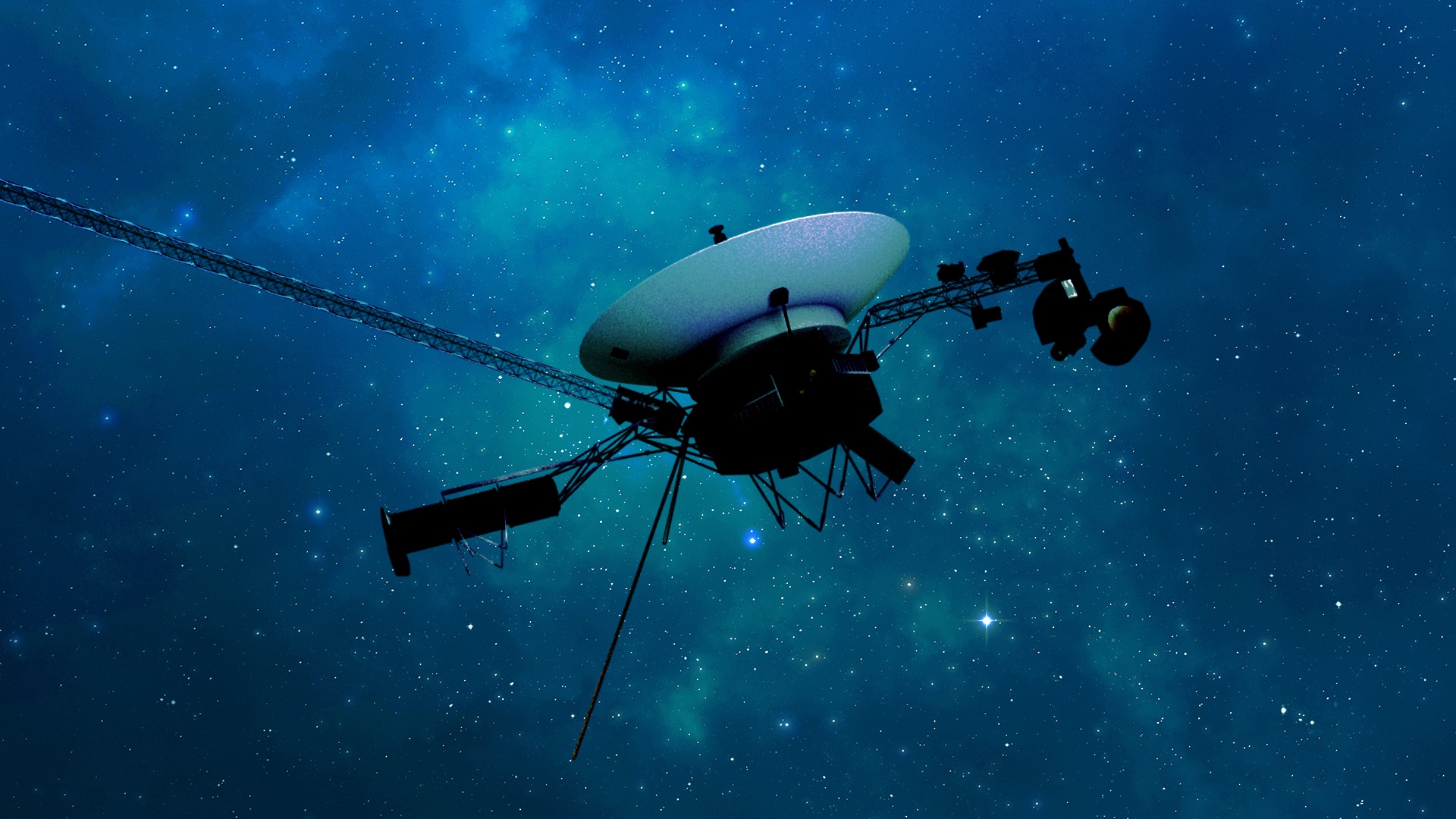- cross-posted to:
- spaceflight@sh.itjust.works
- nasa@lemmy.world
- cross-posted to:
- spaceflight@sh.itjust.works
- nasa@lemmy.world
Respect to the computer scientist who sorted that out. That has got to be an extremely satisfying bug to fix.
As a software engineer, I’m still trying to figure out their build pipeline. That thing has got to be interesting.
No documentation, imagine! The original designers–dead. This person had to reverse engineer every aspect of that system, though I can’t imagine that it has more than, say, 64KB of RAM. Still an enormous amount of work but not like trying to figure out how an iPhone works without any documentation.
According to the above, the software was written in FORTRAN.
There’s probably at least one warehouse somewhere full of green bar sprocketed teletype / dot matrix paper with the source code on it, if not also magnetic tapes. And that assumes they haven’t archived it in other places and formats in the last ~50 years.
70kB though. That’s a huge amount of memory for 1977. Low-end personal computers were still selling with less than that 10 years later.
That said, the article doesn’t distinguish ROM and RAM, so I wonder how much of that is ROM. ROM is and was far cheaper.
Also, that 70 might be a rounding up of 65536 bytes, which is 64k, so you might be spot on with your guess there.
Ive never heard of ROM, what is it?
Read only memory
Ha my sister had to learn FORTRAN for her research science work. Lot of long-term, old survey tools use it still. Apparently it was… not a pleasant experience to learn the language haha.
Yeah, I had a Sinclair spectrum with 48k ram. Later on I had a BBC B computer that iirc had 32k. It was actually a pretty powerful machine, you could do a lot with it.
deleted by creator
deleted by creator
This legitimately made me sad when I heard they might lose this satellite. It’s the farthest humans have ever sent anything beyond Earth, and it might always be the case. The science data coming back from this is invaluable.
We’ll surely get faster. Remember that Voyager 1 actually made a pass around one of the planets (Jupiter?) specifically to slow it down so that it could start gathering data. It would not be (relatively speaking) hard to send something out at a far greater velocity.
That fly by of Jupiter was the original purpose of the mission.
I am always fascinated by the magnitudes nasa overengineers their missions. The Mars rovers for example. They always get so much more out of it.
I’m glad they do, a lot of the missions I work around have been flying for 20 years when their original mission duration was supposed to be 5 years. The science they do is fantastic.
We can absolutely go way faster. The fastest thing we’ve ever built is currently the parker solar probe. Relative to the sun, it’s traveling so fast it could do a flyby of earths entire width in (I’m just guessing, don’t quote me) probably a couple seconds.
I just did the math. Parker’s top speed is around 430,000mph. So with the earth being a bit over 7900 miles across it would take a minute for Parker to traverse the width of the earth.
Incredible that we can still receive the signal after all this time over such a vast distance. I wish we made our current devices with such longevity in mind 😉😄
Voyager is the Nokia of space probes: practically obsolete, code written in ancient runes almost nobody can still decipher and read… yet still keeps on ticking.
How the actual fuck is a signal being sent 24 billion kilometres? That’s nuts
I just don’t get how it doesn’t get destroyed by random space shit. I get space is infinitely empty but it’s also infinitely full too, right…
Infinitely empty AFAIK.
Interstellar space is similar to atoms and the electron cloud, some tiny amount of matter and a whole heap of SFA.
(Someone get at me with the actual numbers, but I’m leaning toward space being more sparse by percentage than an atom.)
The main solar system objects were accounted for and closely avoided, now it’s a very roomy area to float through alone.
But aren’t there like a bunch of little rocks from like asteroids and stuff? That’s what I never got even for launches from earth, why isn’t everything up there just getting peppered nonstop from debris. I guess space is really just that empty
There’s rocks, but only where there’s something. There’s a lot more nothing.
Debris like that will tend to concentrate around a gravitational focus. There’s a lot more of the space rocks and stuff you’re worried about within the inner solar system than towards the edges where there’s little gravity to keep those objects from falling further into the solar system. That’s why JWST had micro meteor impact damage so early after its launch.
Apparently it’s on a 12 foot antenna. That’s crazy. I thought for sure they’d be communicating on a much larger dish.
I’d wager the data rate is pretty low, to increase the fidelity.
12 foot antenna
Good band name
Get a big enough dish and you can do wild shit. Arecibo observatory was able to use radar to map the surface of Venus to like 1km resolution.
Headline implicates that it was returning non-science data so far lol
It was sending memory images of its RAM. So that’s not wrong.
since November 2023, when a computer malfunction on board the spacecraft caused it to return garbled data.
Cat images
Pushing software updates with an almost 24 hour latency, nice
Sounds like my webpack build.
V’Ger
This makes me genuinely happy. Not much uplifting news actually uplifts me these days. This is one of the rare headlines that does.
I thought i thought this was solved weeks ago?
They figured out how to resolve it weeks ago.
It has taken this long to implement the results, and to get usable data flowing again
They’re basically rewriting the software, and if it goes horribly wrong, the probe will just stop talking forever. So no one was in a big rush to push this into production.
But, it worked!
They have actually done it, the madlads
(What’s the gender neutral equivalent of madlads?)
I’m sure it wasn’t aliens :: x files music ::
That’s what I thought too, until I read
The announcement that Voyager 1’s instruments were returning data again came two days after JPL announced the passing of Ed Stone, who served as Voyager’s project scientist from the mission’s inception in 1972 until 2022.
And realized it was the ghost of Ed Stone.
That makes more sense. He just flipped the bit while he was on his way.












